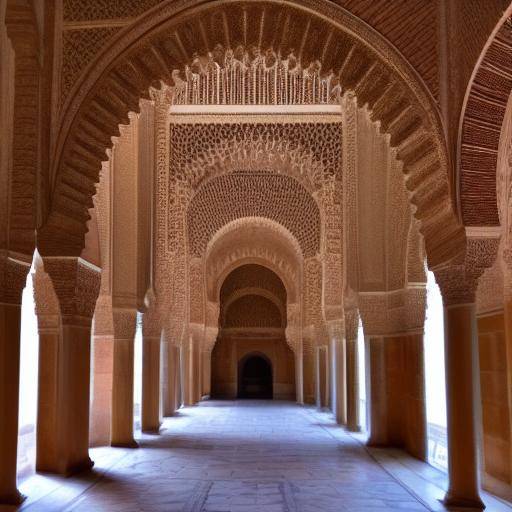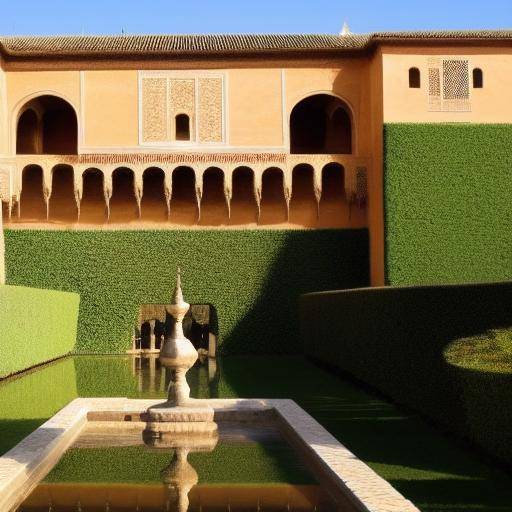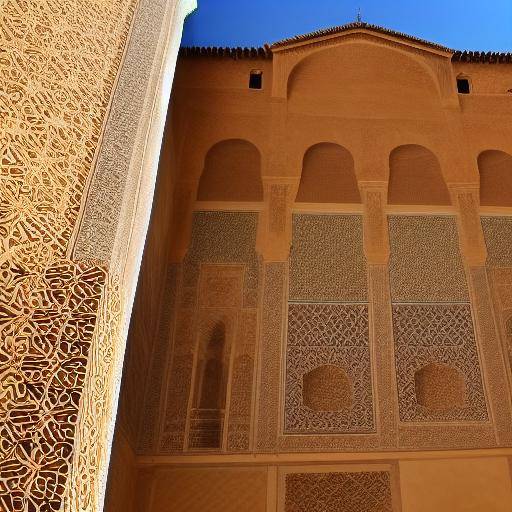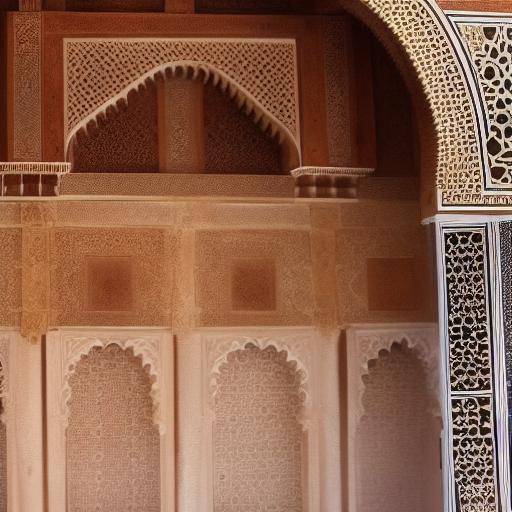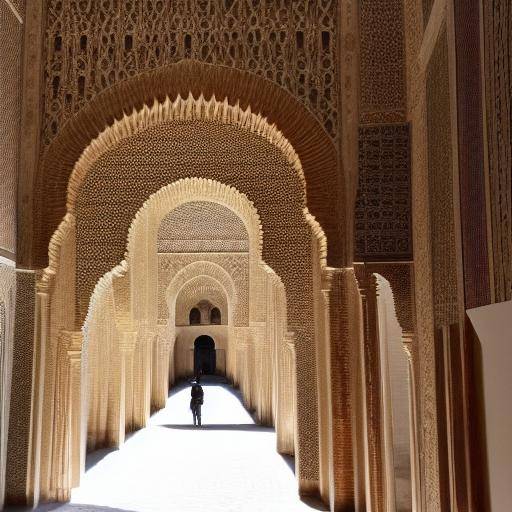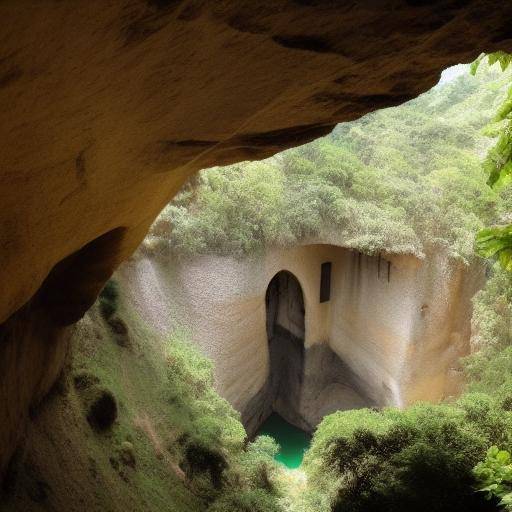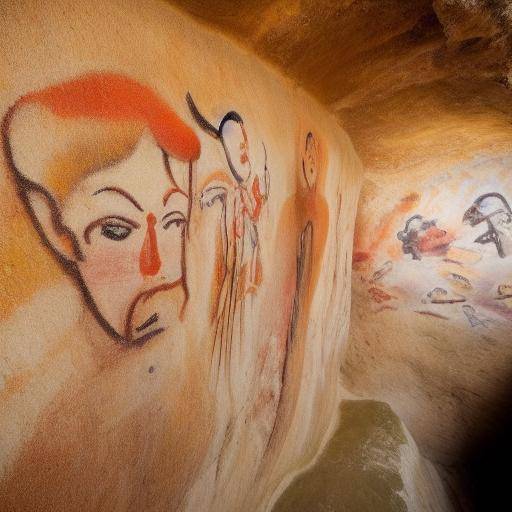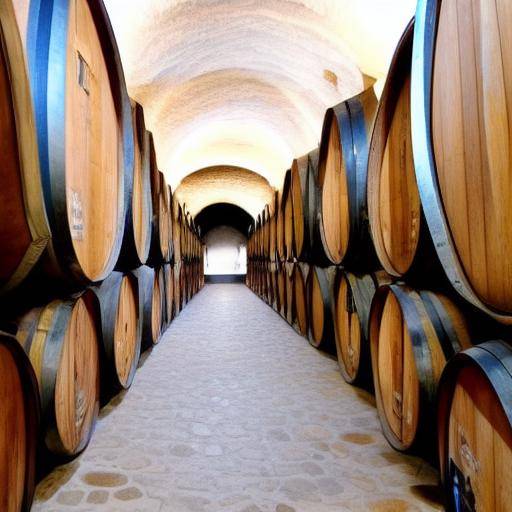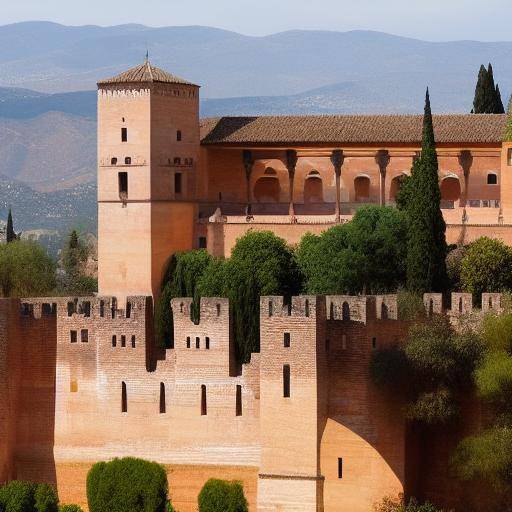
The Alhambra in Granada is one of the most precious treasures in Spain, and its history, art and architecture fascinate those who visit it. From its construction during the Al-Andalus era to its contemporary cultural significance, the Alhambra offers a unique experience that deserves to be explored in detail.
Introduction
The Alhambra is a living testimony of the rich history of Spain, a place where Andalusian art, culture and architecture converge. In this guide, we will discover the fascinating history of the Alhambra, explore its unique art and architecture, and immerse ourselves in the magical atmosphere of this historic enclave.
History and Background
Origins and Evolution
The Alhambra, whose name derives from the Arabic "Al-Qal'at al-Hamra" which means "The Red Fortress", has its roots in the Islamic occupation of the Iberian peninsula in the 9th century. This impressive fortress, palace and gardens, was built during the Muslim domain in the 13th and 14th century, and its exquisite design reflects the sophistication and splendour of Andalusian civilization.
Historical importance
The Alhambra has witnessed various historical events over the centuries, from the Christian conquest to the expansion of the Renaissance. This architectural complex represents an exceptional example of the coexistence of cultures, and its influence extends far beyond its imposing walls.
Detailed Analysis
Over the centuries, the Alhambra has experienced multiple transformations that have left their mark on its structure and design. From the initial Islamic influence to the subsequent Christian additions, every corner of the Alhambra tells a unique story, full of symbolism and beauty.
Art and Architecture
Architectural Splendor
The palaces, gardens and fortifications of the Alhambra are an architectural prodigy that has left visitors and experts boquiabiertos for centuries. The exquisite ornamentation, the intricate details and the astonishing symmetry of its designs transport the spectators to a world of beauty and refinement.
Artistic details
The famous courtyards such as the Patio de los Leones and the Patio de los Arrayanes, together with the impressive rooms such as the Sala de Embajadores, witness the artistic domain of the time, with stuccoes, tiles and intricate details that marvel at those who contemplate them.
Cultural Heritage
The Alhambra is a place of immense cultural value, both for its architecture and its influence on literature, poetry and arts. Its uniqueness has inspired artists and writers over the centuries, becoming an emblem of the Hispanic-Muslim identity.
Conclusion
The Alhambra in Granada is an invaluable treasure that merges history, art and architecture in an impressive setting. With its fascinating legacy, it is a gem that deserves to be discovered and appreciated by future generations.
FAQs
**1. What is the meaning of the Alhambra?**The term "Alhambra" comes from the Arabic "Al-Qal'at al-Hamra", which means "The Red Fortress". It symbolizes the splendor and artistic and cultural richness of Andalusian civilization.
**2. What is the historical importance of the Alhambra?**The Alhambra has witnessed various historical events, from the Christian conquest to the present day. It represents a valuable heritage that reflects the coexistence of cultures throughout the centuries.
**3. What are the most outstanding architectural elements of the Alhambra? The Alhambra presents a variety of exceptional architectural elements, including palaces, courtyards such as the Lions and the Arrayanes, as well as ornamental details such as stucco and tile, all of which show the artistic skill and sophistication of the time.
**4. What is the cultural influence of the Alhambra?**The Alhambra has had a significant impact on Hispanic-Muslim culture, and has been a source of inspiration for artists, writers and academics over the centuries. His influence has transcended borders and left an indelible mark on the cultural identity of Spain.
**5. What are the most outstanding elements of art in the Alhambra?**The art in the Alhambra is distinguished by its exquisite ornamentation, intricate details and amazing symmetry. The courtyards, rooms and gardens show a unique combination of decorative elements that reflect the beauty and artistic refinement of the time.
**6. What impact did the Alhambra have on literature and arts?**The Alhambra has been an inexhaustible source of inspiration for many artists, writers and poets throughout history. His singularity and beauty have influenced literary works, paintings and musical compositions, becoming a lasting symbol of human creativity.
Conclusion The Alhambra is an incomparable treasure that has resisted the passage of time, bringing with it the rich history, the artistic splendour and the architectural elegance of Andalusian civilization. This guide offers a detailed look at the fascinating history, art and architecture of the Alhambra, inviting travelers and culture lovers to immerse themselves in their timeless magnificence.


